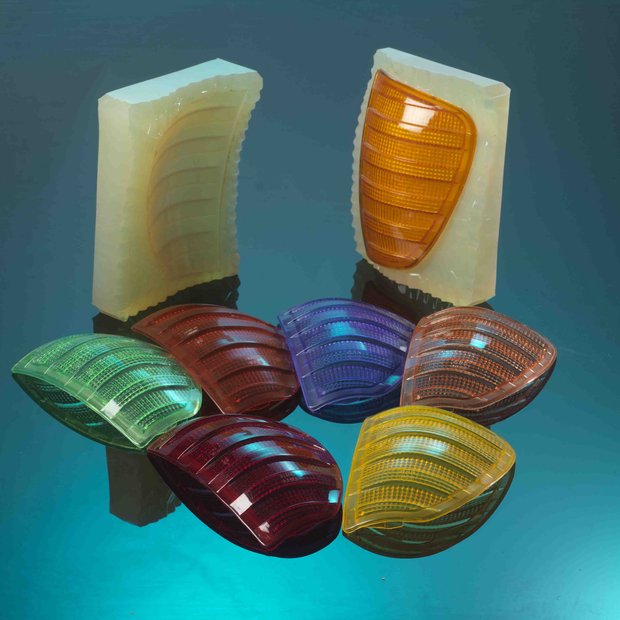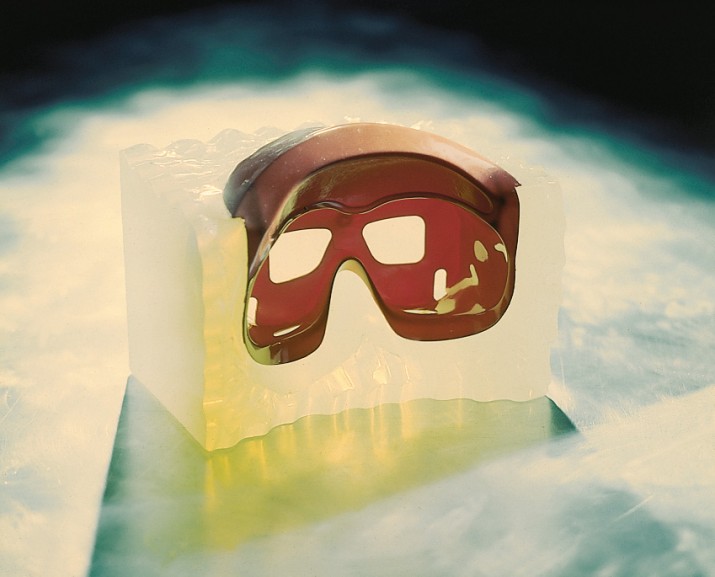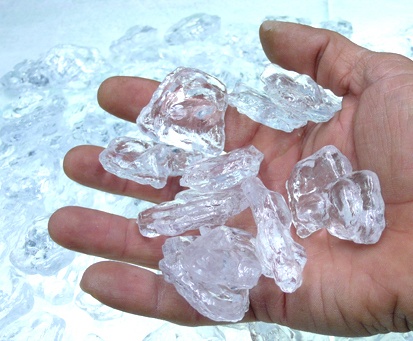The wonders of silicone rubber
There is so much to learn and see with all the new technologies and processes available at affordable rates and delivery timelines. I have had the pleasure to dabble with a few innovations over the years and thought an overview was necessary. Below are excerpts of my conversation with Aman Bansal of Fortius Marketing who briefly explains the wonders of silicone products and the future with 3D printing. But first a little about him...
Hi, I’m Aman Bansal. I studied Petrochemical Engineering. My area of expertise is Silicone Rubber. After college and gaining experience in a distillery and chemical factory, I decided to start my own business in the field of Silicone Rubber in 2009 with a close friend Naeem Bootwala.
Silicones were commonly known as the materials of the future because of their versatility, non toxicity, not reactivity to the elements and wide scope of use. Instead of trying to reinvent the wheel, I was keen on partnering with an international company that already excelled in it's field but did not have any presence in India. That's when Fortius was born.

vacumn casting
Silicone Rubber is an industry that has been around since the 1980's. But the product wasn't very user friendly back then. There are two types of Silicone Rubber - HTV & RTV. HTV (high temperature vulcanisation) - is when you have Silicone rubber in a solid form, you have to melt it at 300 C, and pour it. It then cools and takes the shape that's needed. RTV (room temperature vulcanisation) - is a newer technology in which you get the rubber in two liquid parts (base and hardener/catalyst). When you mix the two, the Silicone rubber hardens after a few hours at room temperature.
When we entered the market, we found the RTV Silicone Rubbers that were available in India were in only one hardness, took 18-20 hours to dry, used to shrink after drying, were inconvenient to mix, and were very viscous and messy. The rubbers we introduced from Italy were available in 30 different hardnesses and colours, from super soft to relatively hard; dried in minutes not hours; did not shrink; could be stored for 20 years; and were very easy to use and temperature resistant upto 300 C.
Albeit at a price 25% higher than conventional rubbers, this helped industries reduce turnaround times significantly, increase efficiency and accuracy, reduce wastage, while keeping the workers happy for the ease in use.
AG: Where are these silicone rubbers used?
You see them almost everywhere from baby feeders to swimming goggles, from flexible ice trays to spatulas. However one of the largest and most relevant applications is mould making. That's how it is directly connected to the creative field. It has helped thousands of creators streamline their making process. Imagine a sculptor who made a beautiful statue by hand. Someone liked it and now wants 10 pieces for a hotel. This would take the sculptor 10X the time and effort to deliver. However with Silicone Rubber you make a mould of the original statue and can deliver the order in days, not months. Not just for statues, Silicone Rubber is widely used for making moulds in the field of jewelry manufacturing, construction, automotive parts, electrical parts, prosthetics, candle making, healthcare, archeological restoration, etc.
Flexible rubber mould
This field (largely known as prototyping) helps the designer realise their visualisation in a real form, without any significant investment. Low volume production for product conceptualisation to fitment testing can be done using this technique. Something that helps bridge the gap between the design and the making of moulds, is 3d printing. Now you design a product in 3d, print on a 3d printer, make a mould, and then pour whatever material you want into the mould to make the final product. This material can range from ice to chocolates to metals to wax to resins to plastics to plaster to porcelain to concrete to clay, etc. 3d printing doesn't let you print in whatever material you want, is time consuming and expensive, thus the need for moulds.


Low volume prototype
One of the newer and more exciting applications has been the use of Silicone rubber for special effects. Our rubber has been used by Madame Tussads for their lifelike celebrity replicas as well as Merlin Studios for James Bond Die Another Day (The Ice Palace is made of transparent Silicone rubber and glass with a smoke effect).
Makeup artists use it to make masks for disfiguration, fantasy characters, superheroes, etc. Stunt coordinators and photographers use it to replicate ice or glass in shoots. Set designers use it to make their larger than life sets, props and dummies. Our rubbers are also used to take impressions of actors' faces and body parts to make sure the final product is an exact fit.
Makeup artists use it to make masks for disfiguration, fantasy characters, superheroes, etc. Stunt coordinators and photographers use it to replicate ice or glass in shoots. Set designers use it to make their larger than life sets, props and dummies. Our rubbers are also used to take impressions of actors' faces and body parts to make sure the final product is an exact fit.


Silicone rubber looking like ice
The possibilities are endless because these are just the applications some people have thought of. We receive many enquiries from innovators in the field of robotics and product design. The idea is
If you can Dream it, we can Make it
It's always more exciting to experiment with people who are trying to create and innovate rather than just be rubber suppliers. This is why you will always find us in places where we have to be hands on. Places such as workshops and design studios rather than corporate offices.
Continuing from my previous mention about 3d printing technology being limited, time consuming and expensive; I also want to add that there's a huge amount of investment that's going into developing the technology for the masses and a variety of materials. Every year we hear of a 3d printer printing with new materials including food and metals. This will make the field of mould making obsolete but there's still a while to go for that (15-20 years). Before 2040, I see every home with a 3D printer. People will pay for the design, and print the product (whatever it may be) at home. It may require some assembly but it's definitely the future.
AG: What are your thoughts on the current scenario?
Business in the time of Corona is basically about self realisation. Besides giving time to personal development (mental, physical or skill); questions to be asked are whether your business is doing something game changing or important enough that it would continue to exist in time of crisis. Whether it addresses society's basic needs of food security, health stability or sustainable living? If not, is there any way you can be directly connected to these industries?
Because of technologies such as 3d printing which enables people to have more free time, the entertainment industry is also an essential service which more and more people are dependent on. While the drive towards consumerism has only begun, let's try to make the time to put the car into neutral, spend time with ourselves and just imagine.

